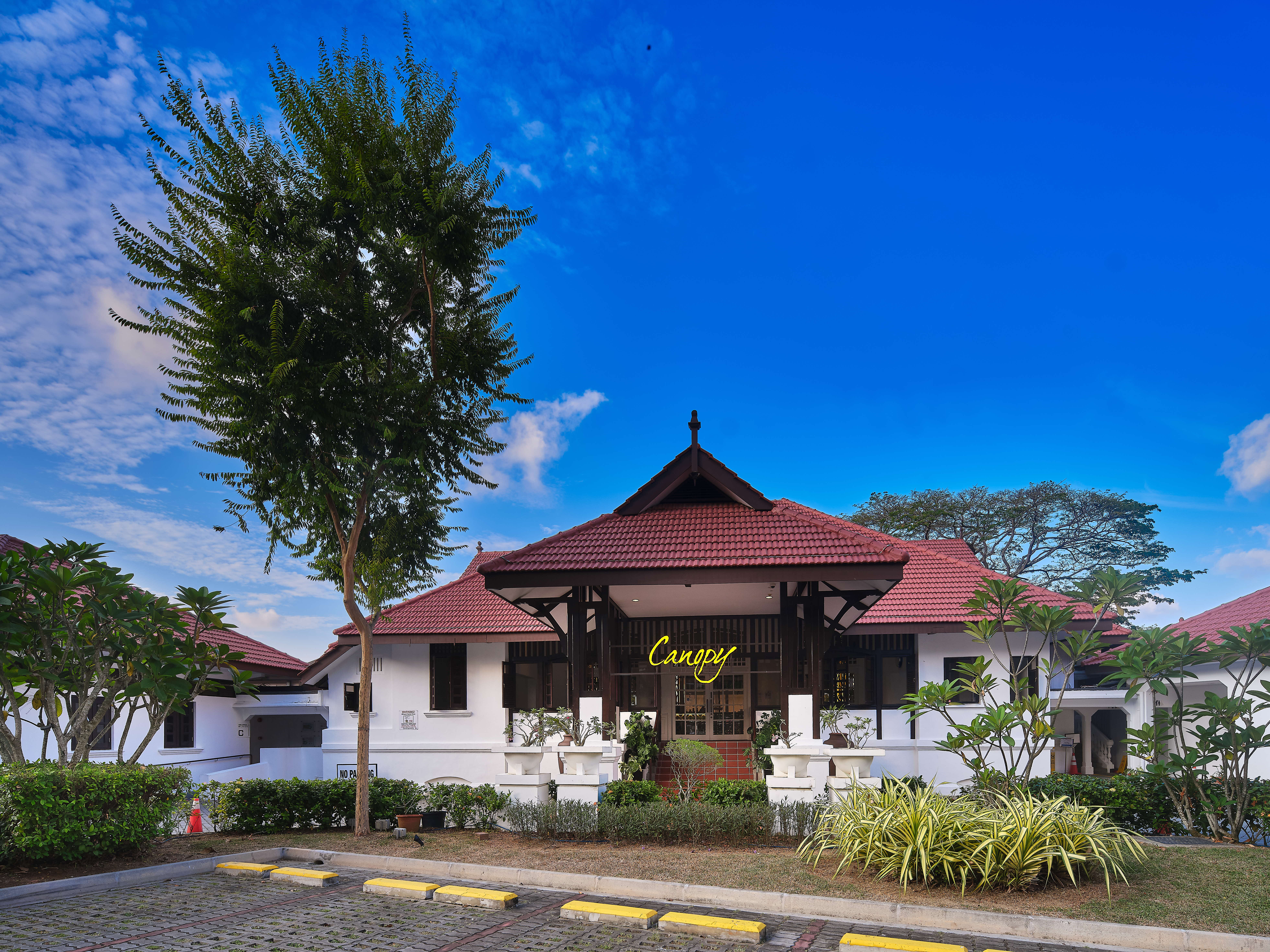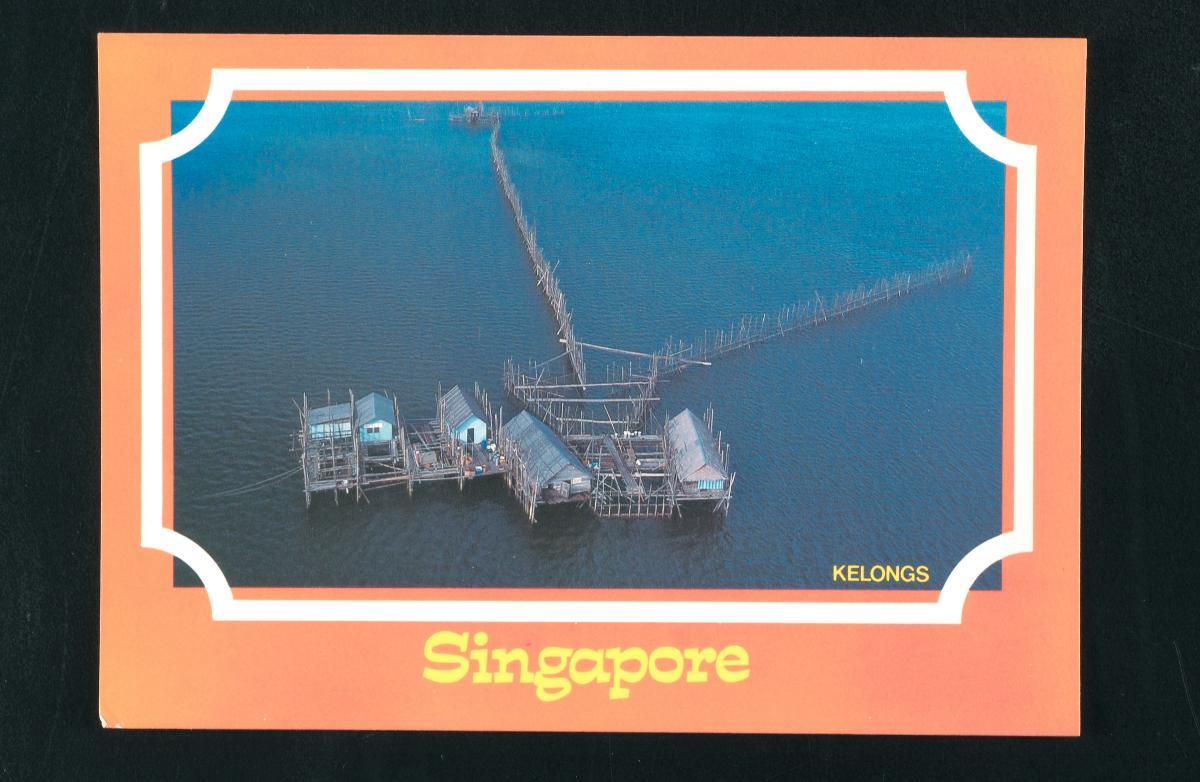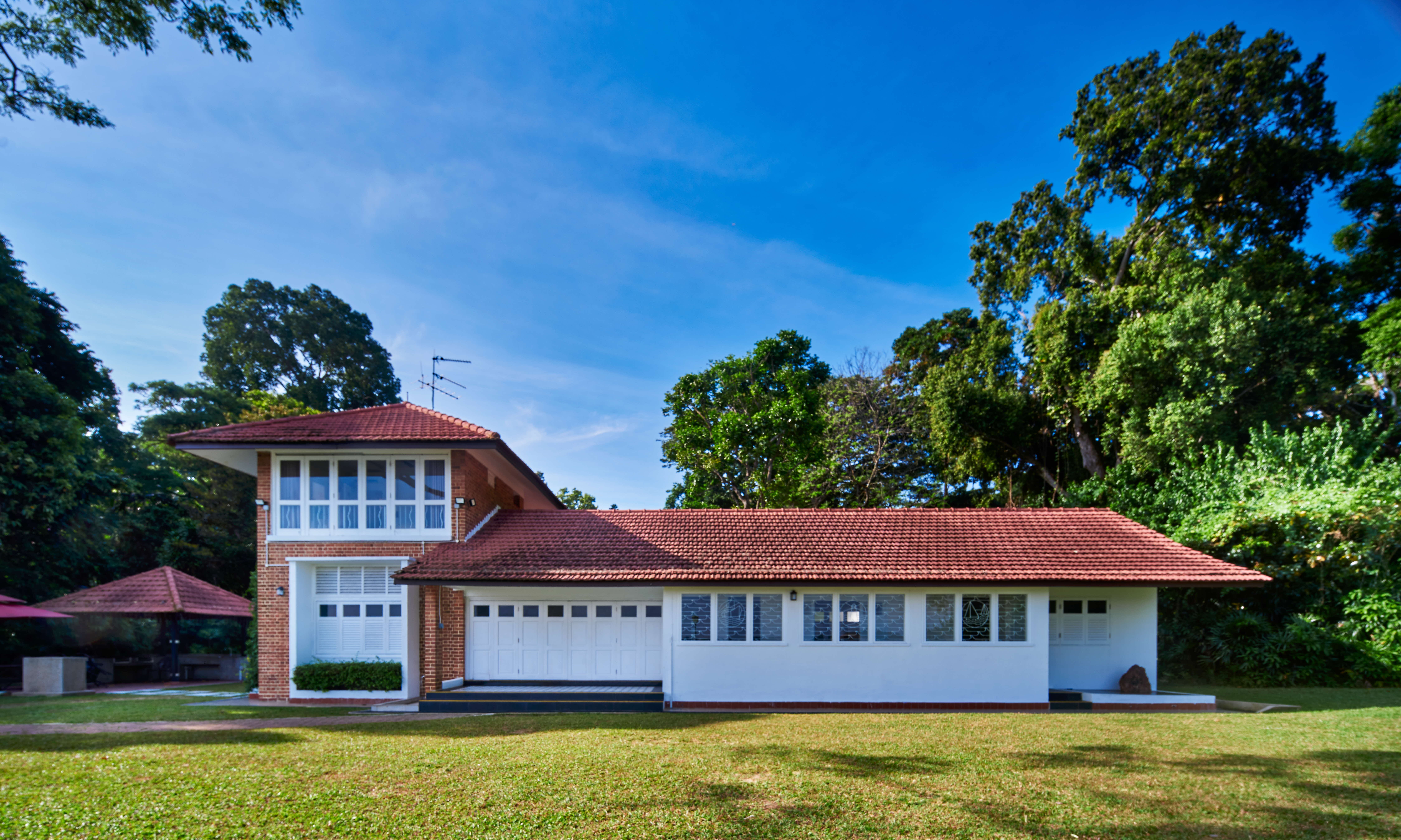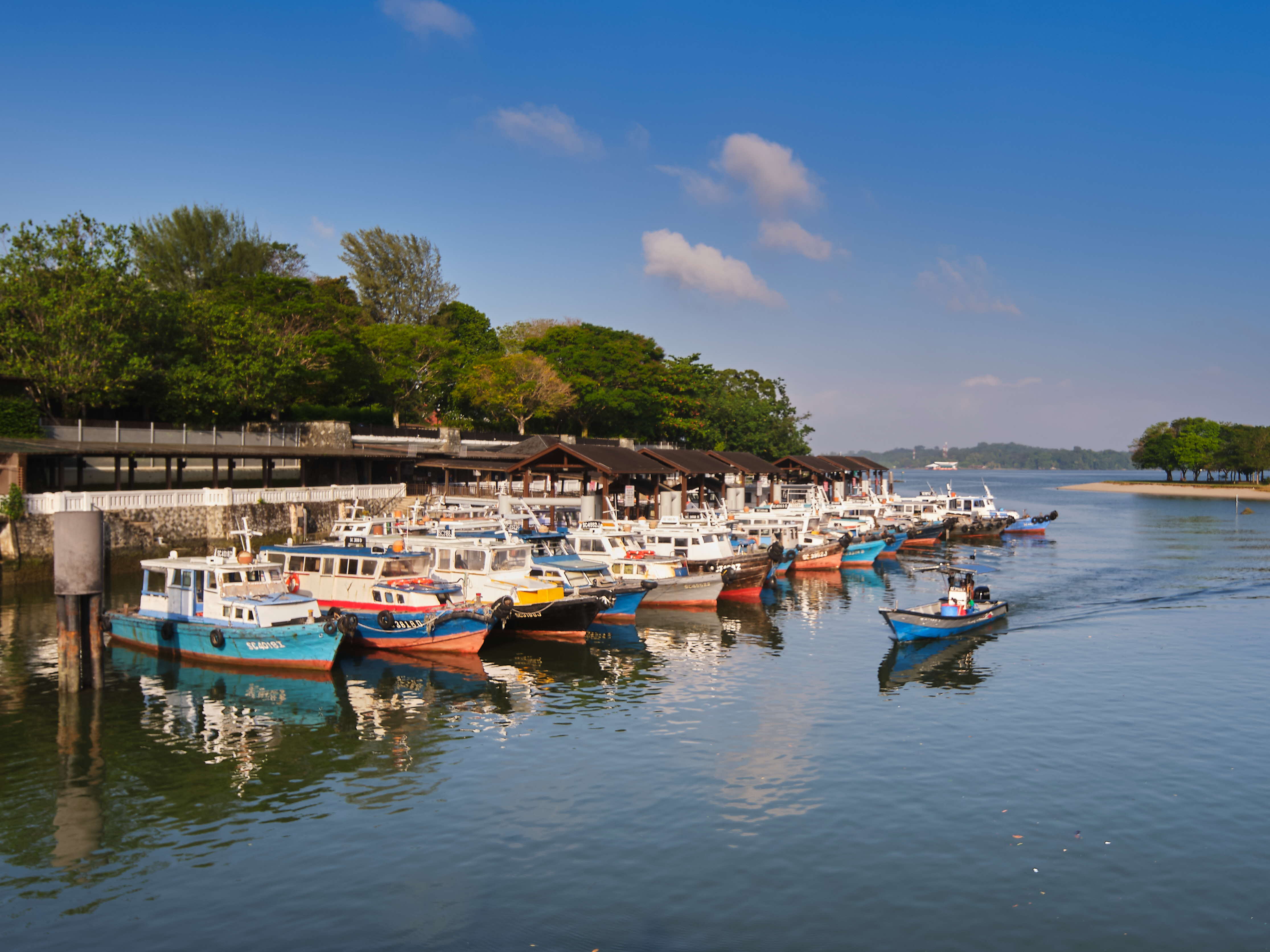Changi has been a leisure destination since the mid-1840s following the construction of a holiday building (likely a wooden bungalow) known as “Changhee Hut”, which became popular among colonial vacationers and honeymooners. Changhee Hut and subsequent bungalows built in the area capitalised on Changi’s natural beauty and the many leisure activities that its coastal location afforded.
By 1855, a government bungalow for colonial officers had been built at Changi Point and made available for rent to the public, along with many other privately-owned bungalows. In the early 19th century, Changi became a popular vacation spot with the elites of colonial society. However, in later decades, members of the public were also allowed to use leisure facilities in the area.
By the 1930s, bungalows in Changi dotted the landscape along the eastern coast as government agencies, companies, charities and societies built retreats in the area. One notable bungalow, previously owned by entrepreneur Ezekiel Saleh Manasseh, still stands as one of the oldest buildings in the area today. It was once repurposed into a school within the Royal Air Force Changi base before being turned into a hotel, and then into the clubhouse of Civil Service Club@Changi (CSC@Changi).
Another of Changi’s prominent bungalows is Changi Cottage, which was completed in 1950 for senior government officeholders. Among those who stayed in this cottage were Singapore’s first Prime Minister Lee Kuan Yew and Singapore’s first President Yusof Ishak. Today, it is part of CSC@Changi and is open for rental by members of the public.
















